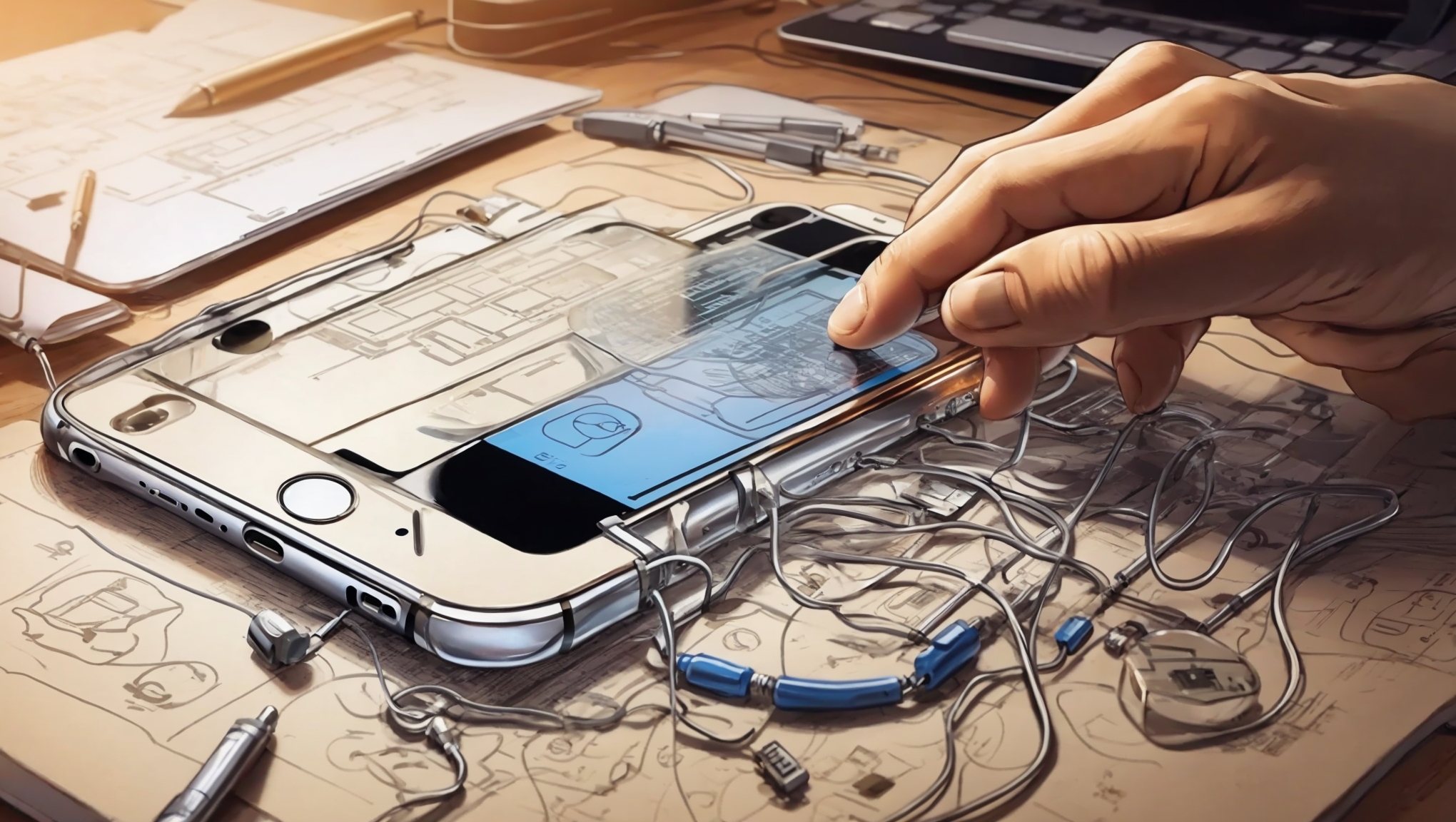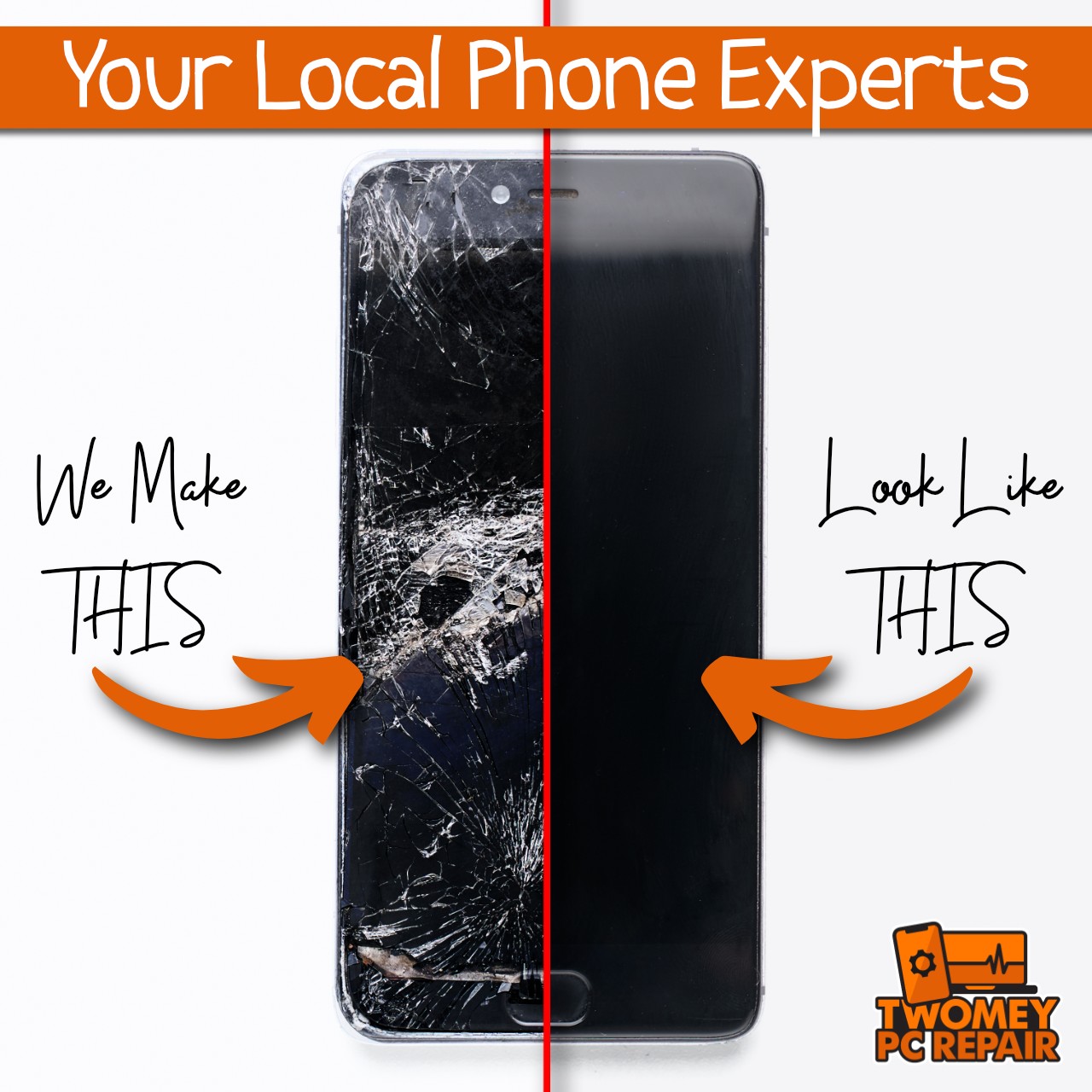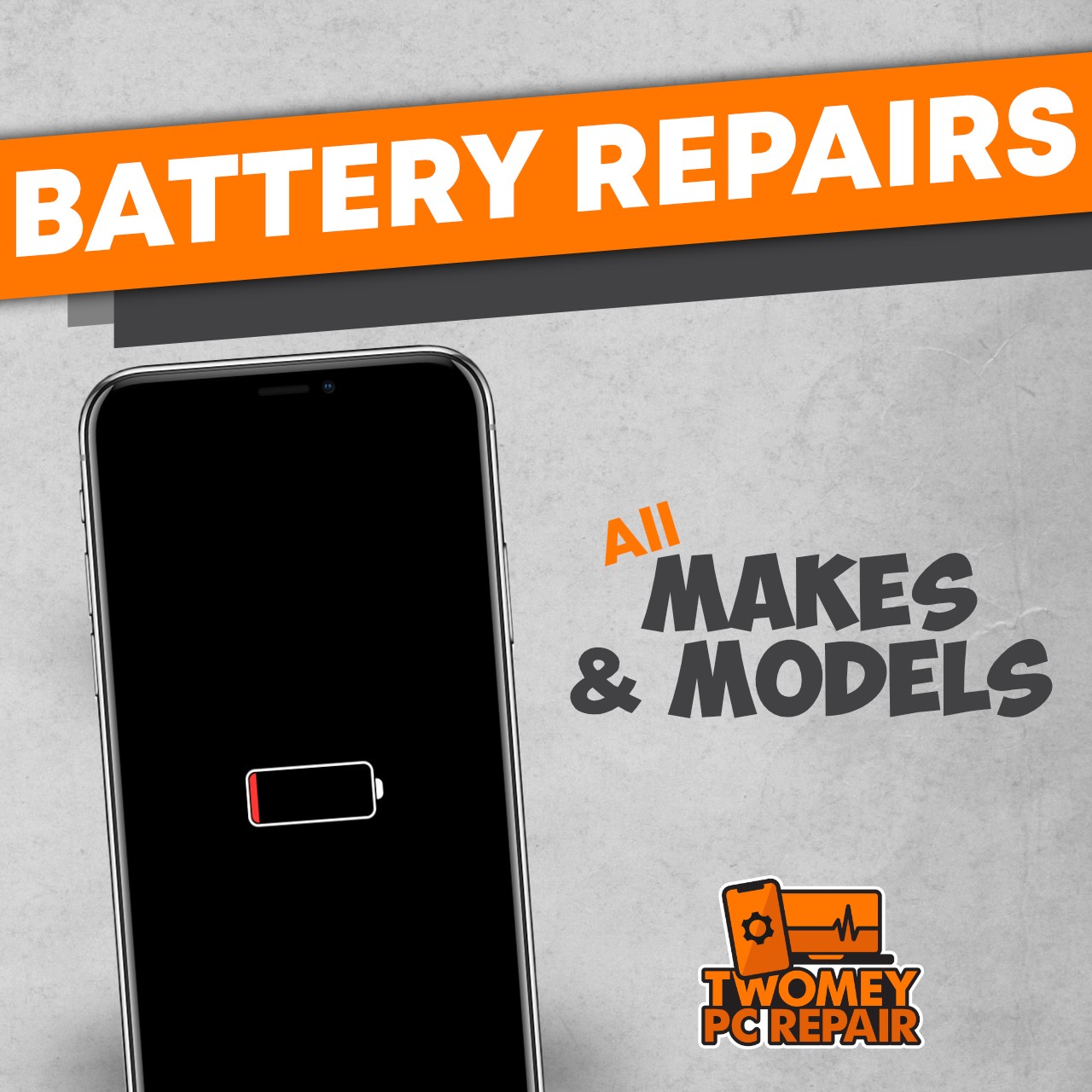Recover Lost iPhone Data with Professional Recovery Services

Imagine the sinking feeling when you realize your iPhone, filled with precious memories and critical data, has been damaged beyond repair. The fear of losing everything can be overwhelming. But don’t despair just yet! There’s a solution that could turn this nightmare around – iPhone data recovery services.
In today’s digital age, our smartphones are more than just communication devices; they’re personal vaults storing valuable information such as photos, contacts, work files and much more. When disaster strikes in the form of water damage or a phone that won’t turn on, it’s not just about replacing the device but also recovering this vital data. That’s where professional iPhone data recovery services come into play.
This article will guide you through what an iPhone data recovery service is and how it can help retrieve lost or inaccessible data from your device. We’ll discuss different scenarios where these services may be needed and provide insights to help you make an informed decision when choosing a provider. So let’s move forward to understand “What is an iPhone Data Recovery Service?”
What is an iPhone Data Recovery Service?
An iPhone Data Recovery Service is a specialized service that focuses on retrieving lost or inaccessible data from iPhones. These services are typically sought after when data becomes unreachable due to various reasons such as accidental deletion, software glitches, or physical damage to the device. The core function of these services is to restore and recover your precious data, ensuring you don’t lose access to important information.
These recovery services employ advanced techniques and tools designed specifically for iOS devices. They can handle a wide range of issues – from simple file deletions to complex system failures. For instance, if you’ve accidentally deleted some photos or messages, they have the expertise to retrieve them. Similarly, if your device has suffered water damage leading to loss of data, they can step in with their expert solutions.
The need for such a service arises more often than one might think. With our reliance on smartphones increasing every day, we store vast amounts of personal and professional data on our devices. From cherished family photos and videos to critical business emails and documents – losing access to this data can be distressing at best and catastrophic at worst.
How Does an iPhone Data Recovery Service Work?
The process employed by an iPhone Data Recovery Service usually begins with an initial assessment of the device’s condition and the nature of the problem. This helps determine the best course of action for recovering the lost data. Once this is done, technicians use specialized software tools designed specifically for iPhones which allow them access into your phone’s storage where all your files reside.
These tools scan through each sector of your device’s memory looking for ‘deleted’ files which aren’t actually removed until overwritten by new data. By identifying these files before they’re permanently replaced, recovery services can effectively ‘undelete’ them restoring them back onto your device or providing them in another format like a downloadable file.
In cases where there’s physical damage preventing normal access to the device’s storage, technicians may resort to more advanced methods. This could involve opening up the device and working directly with its hardware components – a process known as chip-off or board-level recovery.
What Types of Data Can Be Recovered?
An iPhone Data Recovery Service can recover a wide variety of data types from your device. This includes photos, videos, text messages, call logs, contacts, notes, voice memos and even app-specific data like WhatsApp conversations or Instagram posts. Essentially any file that was once stored on your device can potentially be recovered.
For instance, if you’ve accidentally deleted an important business presentation from your phone or lost cherished family photos due to a software glitch – these services can help retrieve them. Even when it seems all hope is lost after a severe water damage incident rendering your phone inoperable – professional recovery services often surprise with their ability to salvage seemingly lost data.
It’s worth noting though that the success rate for data recovery largely depends on the specific circumstances surrounding each case. Factors such as how long ago the data was deleted and whether new data has been written onto the device since then can influence outcomes.
The next section will delve into why you might need an iPhone Data Recovery Service.
Why Might You Need an iPhone Data Recovery Service?

Imagine this: you’re on your way to a crucial meeting, and suddenly, your iPhone crashes. All your important data – contacts, emails, photos – everything is gone in the blink of an eye. Or perhaps you accidentally dropped your phone in water and now it refuses to turn on. These are just two of the countless scenarios where you might need an iPhone data recovery service.
According to a report by SquareTrade, about 5 million iPhones are damaged by accidents such as dropping or water spills every year. That’s roughly 13,700 iPhones daily! In these situations, having a professional data recovery service at hand can be a lifesaver.
Data loss can also occur due to software issues like failed updates or system crashes. According to Techjury statistics from 2020, software corruption was responsible for 14% of total data losses worldwide. This highlights how even seemingly minor software glitches can lead to significant data loss.
Lastly, cyber threats pose another risk to your precious data. A study by Verizon found that one in three breaches involved mobile devices in 2019. With rising cybercrime rates globally, securing and recovering lost data has never been more critical.
What Happens if You Don’t Use a Data Recovery Service?
If you choose not to use a professional data recovery service after experiencing any form of data loss on your iPhone, the consequences could be severe and far-reaching.
For starters, losing personal files such as photos or videos may mean losing cherished memories that cannot be replaced. On top of that, consider all the essential information stored on our phones today – contacts details of friends and family members; important appointments noted down on calendars; notes taken during meetings; saved passwords for various accounts; the list goes on.
In terms of business implications too – imagine losing client contact information or confidential company documents stored on your phone! According to a report by IBM, the average cost of a data breach in 2020 was $3.86 million. This figure underscores the gravity of potential losses if no action is taken to recover lost data.
Moreover, without professional help, you risk causing further damage to your device while trying to retrieve lost data yourself. A survey by Ontrack revealed that 63% of respondents who experienced data loss tried resolving the issue themselves using recovery software or hardware tools – and ended up causing more harm than good.
In conclusion, not seeking professional help after losing important iPhone data can lead to irreversible personal and business losses. It’s like walking on thin ice – risky and potentially disastrous.
How to Choose the Right iPhone Data Recovery Service

Choosing the right iPhone data recovery service can feel like a daunting task, but it doesn’t have to be. The first thing you should consider is the success rate of the company. A high success rate indicates that they are skilled and experienced in recovering lost data from iPhones. For instance, Twomey PC Repair boasts an impressive track record with a high percentage of successful recoveries.
Customer reviews also play a significant role in determining whether a service is reliable or not. Positive feedback from previous clients can give you peace of mind knowing that your device is in good hands. On the other hand, negative reviews may signal red flags about their services or customer care.
Are All iPhone Data Recovery Services Created Equal?
The simple answer is no; not all iPhone data recovery services are created equal. Some companies may offer cheaper rates but compromise on quality and effectiveness of their services. It’s essential to strike a balance between cost and quality when choosing a recovery service.
Reliability is another crucial factor to consider when comparing different services. A reliable company will provide consistent results and won’t make promises they can’t keep. They will also be transparent about their process and keep you updated every step of the way.
Lastly, consider how quickly they can recover your data. Time is often of the essence when it comes to data recovery, especially if you need certain files for work or personal reasons urgently. Companies like Twomey PC Repair strive to turnaround repairs within 1-3 days, making them an excellent choice for those who value speed and efficiency.
In conclusion, while there are many factors to consider when choosing an iPhone data recovery service, focusing on their success rate, customer reviews, reliability, cost-effectiveness and speed will help guide your decision-making process towards finding a suitable provider.
Can I Recover My iPhone Data Myself?
The question of whether you can recover your iPhone data yourself is a common one. The answer, in short, is yes – it’s possible. However, the process can be complex and requires a certain level of technical knowledge. Data recovery involves accessing the device’s internal storage where all your information resides. This includes everything from photos and videos to contacts and text messages.
When an iPhone experiences issues such as water damage or system failure, this data may become inaccessible through normal means. But that doesn’t mean it’s gone forever. With the right tools and know-how, you can retrieve this lost information yourself.
However, it’s important to note that DIY data recovery isn’t always successful and carries its own risks. For instance, if not done correctly, you could end up causing more harm than good to your device or even permanently losing your data.
What to Expect from a Professional iPhone Data Recovery Service
When you entrust your device to a professional iPhone data recovery service, like Twomey PC Repair, you can expect a thorough and meticulous process. The first step involves an in-depth diagnostic examination of the device to identify the cause of data loss. This could be due to water damage, physical impact, or software issues. Once the problem is identified, the experts will then devise a tailored recovery plan.
The actual data retrieval process varies depending on the issue at hand. For instance, if it’s a hardware problem such as a damaged motherboard, microsoldering techniques are employed to restore functionality. On the other hand, if it’s a software glitch causing data loss, specialized tools and software are used for extraction.
One significant advantage of using professional services is their ability to recover data even from devices that won’t turn on or have been severely damaged by water. They have advanced equipment and expertise that allow them to go beyond what standard repair shops can offer.
In terms of timeline, most professional services aim for quick turnaround times without compromising quality. For example, Twomey PC Repair strives for 1-3 day turnaround time for repairs. However, this might vary depending on the extent of damage and complexity of recovery required.
How Much Does It Cost to Use an iPhone Data Recovery Service?
The cost of using an iPhone data recovery service largely depends on several factors including severity of damage and complexity involved in retrieving lost files. A simple software-related issue may cost less compared with intricate hardware problems requiring microsoldering skills.
As per industry standards, prices can range anywhere between $100 – $400 per case but again this is subject to change based on individual circumstances surrounding each case. Some companies also charge an initial diagnostic fee which usually goes towards your final bill if you decide to proceed with their services.
It’s important when considering costs not just look at the price tag alone. The value of lost data – photos, messages, contacts and other personal information – can far outweigh the cost of professional recovery services. Therefore, it’s worth investing in a reputable company that guarantees successful recovery.
Another factor to consider is the after-service support provided by the company. A good service provider will not only recover your lost data but also offer advice on how to prevent future loss. This could include recommendations on regular backups or using protective cases to safeguard against physical damage.
| Type of Data Loss | Preventive Measures | Potential Consequences |
| Accidental Deletion | Regular Backups; Using Protective Cases; Being Mindful While Handling Device. | Losing Cherished Memories; Losing Important Information. |
| Physical Damage (Dropping/Water Spills) | Using Protective Cases; Being Mindful While Handling Device. | Losing Access To Essential Files And Information; Potential Business Losses. |
| Cyber Threats | Regular Software Updates; Regular Backups; Using Reliable Security Software. | Losing Access To Essential Files And Information; Potential Business Losses. |
In conclusion, while dealing with data loss can be stressful, knowing what to expect from a professional iPhone data recovery service can help ease your worries. And although costs may vary, remember that restoring precious memories and important information often justifies the investment.
As we move forward in this discussion about iPhone data recovery services, it’s equally essential to understand how you can prevent such situations from happening again in future.
How to Prevent Future Data Loss on Your iPhone

Data loss can be a devastating experience, especially when it involves important files and cherished memories stored on your iPhone. Thankfully, there are measures you can take to prevent future data loss. One of the most effective ways is by regularly updating your device’s software. Apple continually enhances its iOS system with updates that not only introduce new features but also fix bugs and vulnerabilities that could potentially lead to data loss.
Another crucial step in preventing data loss is by being mindful of how you handle your device. Physical damage such as dropping your phone or exposing it to water can cause severe harm to the internal components, leading to potential data loss. Therefore, investing in a sturdy case and screen protector for your iPhone is an excellent preventive measure.
What Role Do Backups Play in Preventing Data Loss?
Backups play an indispensable role in preventing data loss. They serve as a safety net, storing copies of all your essential files and information so they can be restored if ever lost or deleted from your device. Regularly backing up your iPhone ensures that even if something goes wrong – say you accidentally delete some photos or contacts – you have a recent copy safely stored away.
There are two main methods for backing up an iPhone: using iCloud or iTunes (or Finder on macOS Catalina and later). iCloud backups are convenient because they happen automatically once set up and occur over Wi-Fi when your device is locked, plugged into power, and connected to the internet. On the other hand, iTunes/Finder backups require connecting your device to a computer but offer more control over what gets backed up.
In 2019 alone, 29% of smartphone users reported experiencing some form of data loss due to various reasons such as physical damage, software corruption or accidental deletion according to EaseUS statistics report. This highlights just how critical regular backups are in safeguarding against potential losses.
As we wrap up this discussion on preventing data loss and the role of backups, it’s worth noting that while these measures significantly reduce the risk of losing your precious data, they are not foolproof. Unexpected things can still happen. However, should you ever find yourself in such a predicament, professional recovery services like those offered by Twomey PC Repair can be a lifesaver.
Frequently Asked Questions about iphone data recovery service
What type of data can be recovered from an iPhone?
iPhone data recovery services can recover many different types of data from iPhones including photos, videos, contacts, call history, text messages, notes, calendars, and more. As long as the data has not been overwritten, there is a good chance of recovering it.
How much does iPhone data recovery cost?
The cost of iPhone data recovery can vary depending on the service provider and the type of recovery needed. Basic data recovery services usually range from $100-300. More complex services like hardware recovery or recovery of deleted data can be $300-1000. Free diagnosis is usually provided to assess the recovery difficulty.
Can deleted data be recovered from an iPhone?
In many cases yes, deleted data can be recovered from an iPhone as long as it has not been overwritten. When data is deleted on an iPhone, it is still stored on the device until the space is needed for new data. Professional recovery services have advanced tools and techniques to scan and extract deleted files from an iPhone.
How long does iPhone data recovery take?
iPhone data recovery time ranges from a few hours to a few days depending on the amount of data, condition of the device, and complexity of the recovery case. Basic recovery of still-intact data may only take a few hours. More difficult cases like hardware failure recovery could take 1-3 business days. An estimate will be provided after an initial device examination.
What causes data loss on iPhones?
Some common causes of data loss on iPhones include accidental deletion, device malfunctions, software/firmware issues, physical damage, failed backups, password locks, and formatting/resetting. Crashes, corruptions, jailbreaking attempts and system updates can also potentially lead to lost iPhone data.
Can data be recovered from a water damaged iPhone?
It is sometimes possible to recover data from water damaged iPhones, but success rates depend on the extent of water exposure and damage. The sooner a device is brought in after being submerged, the better the chances. Professional recovery services have specialized equipment and techniques like freezers that can potentially retrieve some data even from extensively water logged devices.
Is iPhone data recovery safe for my device?
Reputable iPhone data recovery services perform recovery in a safe, non-destructive manner without further endangering the device or compromising any data. Advanced clean room environments and proprietary software tools allow them to extract lost data without altering any existing files on the iPhone. The original device is returned intact after recovery.
What should I do if I lose data on my iPhone?
If you lose data on your iPhone, stop using the device immediately to avoid overwriting valuable files. Contact a data recovery service for assistance. They may advise disconnecting the iPhone, powering off, and carefully taking it to their shop without further use or tampering. This helps maximize chances of restoring lost information.
Can I do iPhone data recovery myself?
While it is possible to attempt data recovery on your own using free online tools and tutorials, success is not guaranteed for a non-technical user. Professional recovery services have extensive experience, proprietary software, and cleanroom labs that make complicated recoveries much more reliable. For critical or large volume data loss, it is usually best to leave recovery to the experts for best outcomes.
What should I look for in an iPhone data recovery service?
Look for services with experience recovering a wide variety of iPhone models, good reviews online, fast turnaround times, transparency about pricing and success rates, and non-destructive recovery processes. An on-site evaluation is ideal for getting an accurate diagnosis.


